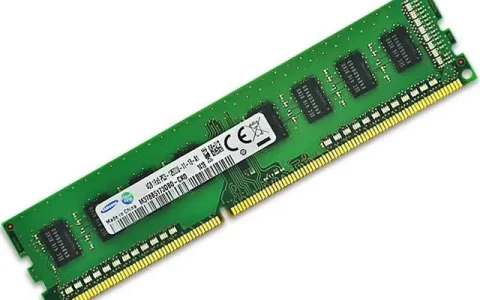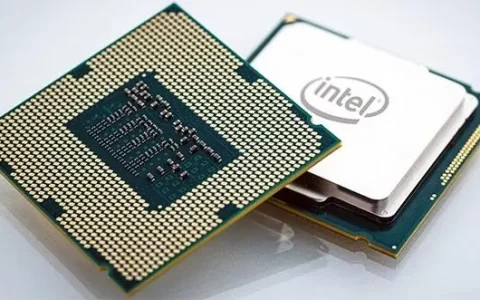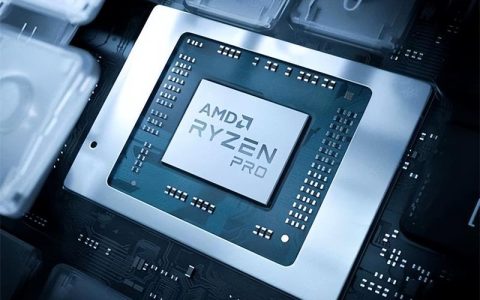CPU is the core hardware of a computer, equivalent to the human brain. It determines the computing speed of a computer. The performance of the directly affects the speed of the computer. Whether it is a desktop or a laptop, the CPU model suffixes have different meanings. So, what are the meanings and differences of model suffixes such as K, KF, F, KS, X, G, H, U, and P? Below, we will explain the meanings and differences of desktop and laptop CPU model suffixes.

Meanings of CPU Model Suffixes
First, let’s talk about the meanings and differences of desktop CPU model suffixes.
- F: Intel suffix, F represents a CPU model without integrated graphics. For example, i5 13400F, i5 14400F. AMD CPU models also have the F suffix, which also represents a model without integrated graphics. For example, R5 7500F.
- K: Intel suffix, K represents a CPU model that supports overclocking and has integrated graphics. It usually supports pairing with Z series motherboards and can support CPU overclocking. For example, i7-14700K, i5-14600K.
- KF: Intel suffix, KF represents a CPU model that supports overclocking and has no integrated graphics. When paired with Z series motherboards, it can support overclocking. For example, i7-14700KF, i5-14600KF.
- KS: Intel suffix, usually a high-frequency version of K with integrated graphics, for example, i9-13900KS. i9-13900KS is an official specially selected CPU.
- X/XE: Intel suffix, representing the ultimate flagship level. For example, i9 10900X, i9-10980XE. X/XE ended after the tenth generation of CPUs.
- T: Intel suffix, belonging to the low-power version of the CPU with lower power consumption and performance under the same model. It is generally used in all-in-one computers. For example, i5 13400T.
- X: Currently common AMD suffix. Processors ending with X support XFR technology, which allows for further overclocking beyond the Boost frequency based on different cooling solutions (air cooling/liquid cooling/liquid nitrogen).
- G: AMD CPU suffix, belonging to APU. CPUs with the G suffix usually have a strong integrated graphics card. For example, R5 5600G, R7 5700G. The integrated graphics performance of these two CPU models is equivalent to the GTX750Ti discrete graphics card.
- GE: AMD CPU suffix, generally a low-power version with integrated graphics. For example, R5 3400GE.
- XT: AMD suffix, an enhanced version without the T suffix. It can be considered as a specially selected version with slightly improved performance compared to the X version under the same model. For example, R9 3900XT, R7 3800XT, R5 3600XT.
- X3D: CPUs equipped with 3D V-Cache technology. The X3D version expands the third-level cache capacity based on the original version and is a CPU product specifically designed for gamers, focusing on gaming performance. For example, R7 7800X3D.
Next, let’s talk about the meanings and differences of mobile version CPU model suffixes for laptops.

Mobile Version CPU Model Suffixes
- H: Standard voltage CPU with strong performance, usually found in gaming laptops and designer computers. For example, i5-13500HX, i7-13700H.
- U: Low voltage CPU with lower performance but lower power consumption, usually found in ultrabooks. For example, i5-1334U.
- Y: Ultra-low-voltage CPU with very weak performance and extremely low power consumption, usually found in ultrabooks. For example, i3-10110Y; is currently less common.
- P: Can be understood as a downgraded version of H. Compared to the H model, the “P” has reduced frequency and level 3 cache. The performance of “P” is between H and U and is generally found in high-performance ultrabooks with good performance and endurance.
- HK: Generally used for high-end overclockable CPUs with standard voltage. For example, i9-13900HK.
- HX: Generally used for high-end overclockable CPUs with standard voltage. The ultimate version of the CPU can be understood as a specially selected version of HK and belongs to the top-level CPU lineup with strong performance. It is mainly used in high-end gaming laptops. For example, i9-13900HX.
- G: G1, G4, and G7, etc., the number after G indicates the strength of the integrated graphics. A larger number represents stronger integrated graphics performance. Typically, numbers less than 4 indicate integrated ordinary ultra-high-definition (UHD) graphics, and numbers greater than or equal to 4 indicate integrated high-performance IRIS graphics. Intel mobile version CPU suffix, for example, i5-1155G7, i3-1115G4, i3-1005G1.
- HS: Equivalent to H with slightly lower power consumption. Typically found in lightweight and versatile laptops with strong performance. For example, R7 5800HS, R5 5600HS.
- HQ: Standard voltage, Q onboard quad-core, an older suffix. For example, the i7-7700HQ is now obsolete.
- MQ: Standard voltage, Q plug-in quad-core, an older suffix. For example, the i7-4810MQ is now obsolete.
- M: The early suffix M was for mobile CPUs, just to distinguish them from desktops. For example, the i7-2620M is now obsolete.








